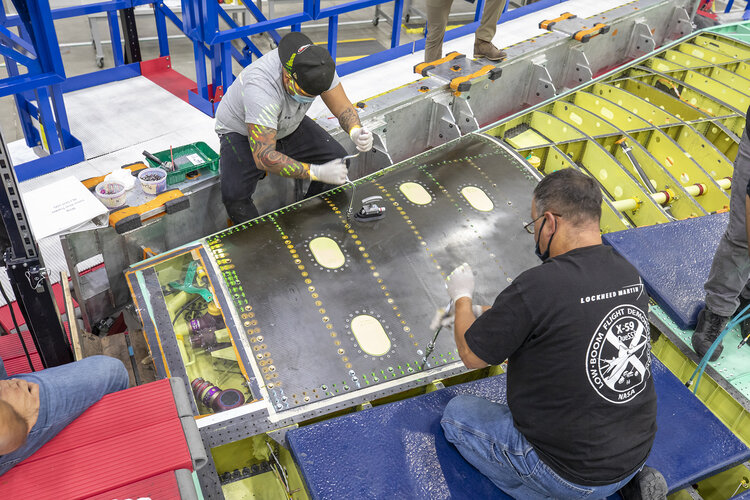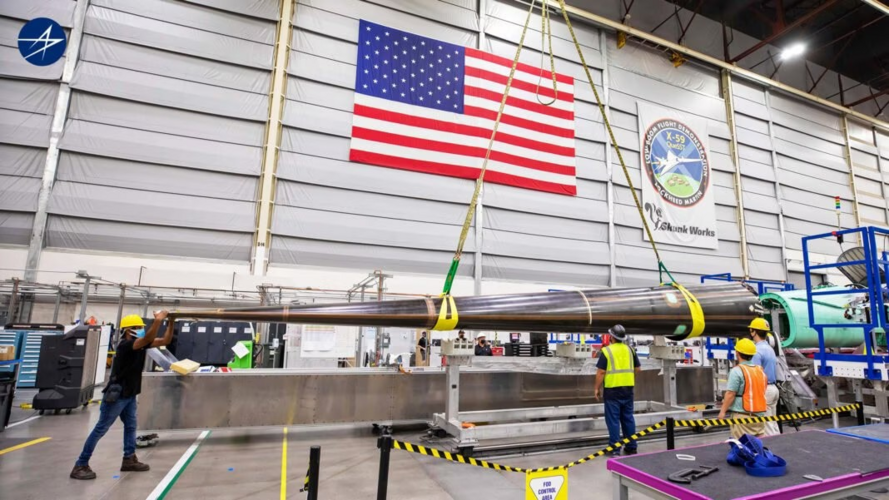- Joined
- 21 January 2015
- Messages
- 12,098
- Reaction score
- 16,235
NASA has successfully tested a large microphone array in California’s Mojave Desert as part of a flight series in preparation for the agency’s quiet supersonic X-plane, the X-59.
Flying at speeds faster than Mach 1, the speed of sound, typically produces a loud sonic boom heard on the ground below. NASA’s X-59 Quiet SuperSonic Technology X-plane, or X-59 QueSST for short, will fly over select communities around the U.S. to demonstrate the ability to reduce that sonic boom to a quiet thump. The data from these flights will be turned over to the Federal Aviation Administration to possibly establish new sound-based rules for supersonic flight over land. This could open the door to future faster-than-sound commercial cargo and passenger air travel.
Before these community overflights take place, however, the X-59 will first undergo an acoustic validation phase, during which NASA will deploy an approximately 30-mile-long array of specially-configured microphones to measure the X-59’s thumps, to verify that they are as quiet as predicted.
The recently-completed Carpet Determination In Entirety Measurements flight series, or CarpetDIEM, was NASA’s “first practice” for the X-59’s acoustic validation flights.

NASA Tests Microphone Array for X-59
NASA has successfully tested a large microphone array in California’s Mojave Desert as part of a flight series in preparation for the agency’s quiet supersonic X-plane, the X-59.























